SOUL FOOD by Mariana Thieriot Loisel
“If one is interested in another, then one does not hurt the other.”[1]
1) THE WAY OF A SOUL ART
“We will be interested in not hurting one another, therefore we will make clearer judgments about whether expressing emotion would do all
persons involved more harm than good.”[2]
This is what it should happen in the Art process path, especially when one’s express emotions. When we give our art through poems, paintings, pictures, movies, theater, Opera, cooking, it seems to be in order to help someone to know himself deeper, this gift is only useful if it doesn’t diminish him or her, if it allows him or her to solve a problem that he or she is failing to solve by sharing with her an experience of deep interest in our inner human condition, offering that person a different language to reach and understand their own emotions. If the truth expressed through art helps the person to succeed during one’s living process, then, we can say that this art is deeply “true”. If the art is given with interest and affective attunement it will surely encourage a living process. The way the Art is done and given, during the living process, can be a startle for interest and joy-excitement or on the contrary awake painful shame, dissmell and disgust and a self-punishment process. The connection between the plasticity of our emotions and Art is a crucial factor to encourage evolution in the situation of a living process. In fact our emotions have to “mute” so that we are able to transform and overcome a painful script into a script that allow us to go on. We need to overcome shame, disgust and dissmell, the feeling of being somehow rejected through the label “bad” or “wrong” thanks to the Art experience of mutual interest and affective attunement that creation allows us, thanks to a dialogue from soul to soul. This dialogue from soul to soul, through the cooking experience in between the cooker and the guest, for instance, may increase their energy, and help them to go on, because they have made a beautiful emotional connection, sharing interest and joy.
On the contrary if the meal is unpleasant, tense, uncomfortable it may encourage food disorders.
2) SOUL FOOD
“Having people around you with whom you can begin to express emotion in more modulated and healthy ways will heal the brain.”[3]
According to the transdisciplinary research, Art, Sciences and Philosophy are interconnected. There are indeed several paths to express and understand our emotions, the Art path, the Yoga path, the philosophical or spiritual path, and the therapy path, the affect psychology path, the cooking path… Those paths are today closely interdependent; they refer to a “soul body” approach in which all those knowledges are nowadays more and more transdisciplinary connected. They all encourage an emotional plasticity, the ability to transform a painful complex memory-feeling script: to let go the old, and to let come the new. Of course it is very difficult to change a painful script alone. The fact of experiencing success instead of failure in a shared meal situation, through creation and mutual understanding, sometimes in a new context, with different persons, a context of mutual interest, shared joy and fully recognition of the self, will be very important to a healing process. Indeed, periods of calm, the capacity of being interconnected and to develop an inner life in order to change the perceptions of oneself is also very important in the field of the plasticity of emotions allowed by the soul food path . A soul path can be very helpful to let go the label “bad”, and let come the label “learning”, to let go the shame belonging to our past memory feelings, and let come the affective attunement that allows interest and joy to be again part of the script.
“ (…) Everything, including ourselves, is eternally changing.”[4] Being fully present to our emotions, sense the shame, the fear, the guilt, the dissmell, the disgust, let them be present is important to be able to transform those emotions:
|
|
“Our feelings play a very important part in directing all of our thoughts and actions. In us, there is a river of feelings, in which every drop of water is a different feeling, and each feeling relies on others for its existence. To observe it, we just sit on the bank of the river and identify each feeling as it surfaces, flows by, and disappears.
There are tree sorts of feelings- pleasant, unpleasant and neutral. When we have an unpleasant feeling, we may want to chase it away. But is more effective to return to our conscious breathing and just observe it, identifying it silently to ourselves: “ Breathing in, I know there is an unpleasant feeling in me. Breathing out I know there is an unpleasant feeling in me. Calling by its name such as “anger”, “sorrow”, “joy” or “happiness”, helps us identify it clearly and recognize it more deeply.
We can use our breathing to be in contact with our feelings and accept them. If our breathing is light and calm- a natural result of conscious breathing- our mind and body will slowly become light, calm and clear. Mindful observation is based on the principle of non-duality: our feeling is not separate from us or caused merely by something outside us, our feeling is us, and for the moment we are that feeling. We are neither drowned in nor terrorized by the feeling, nor do we reject it. Our attitude of not clinging to or rejecting our feelings is the attitude of letting go, an important part of meditation practice.
If we face our unpleasant feelings with care, affection, and nonviolence, we can transform them into the kind of energy that is healthy and has the capacity to nourish us.
By the work of mindful observation, our unpleasant feelings can illuminate so much for us, offering us insight and understanding into society and ourselves.”[5]
We can refer to “ many levels of acceptance”[6], of openness, of generosity towards the others and ourselves. In fact there are many levels of acceptance because there are many levels of perception, when one reaches the level of understanding, one’s opens his heart and his mind, and it is not simply in a cognitive level or in an emotional level, one’s matches both… Most often “We and our minds and bodies did the best they could under the circumstances”[7] But sometimes, not intentionally, their best is consider as the worst…So we have to work out with the meaning of the art script that guides the whole living process, thanks to our emotional plasticity in order to figure how to change a painful script into a script of learning together, of sharing again joy and mutual interest.
According to Dr. Lynch
“The two major emotions are interest and shame[8]: “I think we tend to avoid pain of emotional hurt at all costs. When people feel hurt they have four basic ways of avoiding and denying emotional hurt, no matter how small or how large. These four ways are 1) to go away; 2) to attack ourselves: blame ourselves. 3. To attack others; To avoid, by medicating ourselves with drugs or alcohol, or sleeping, or working to hard, or by the thousands of other distraction we invent.” Even “Fighting is a distraction”.
The other issue is changing the script through our emotional plasticity, establishing a soul and body connection, thanks to activities such as meditation allowed by the cooking path. Cooking gives the person the opportunity to decelerate, re-think and transform his perceptions of the others, or of themselves. Thanks to this openness dialogue may externally happens.
Wisdom is not simply being ready to accept new information: we need to open our heart for the one we are giving the new information, we need mutual trust, we need “ affective attunement”, emotional and cognitive skills so that the new information can really bring us evolution and joy.
2) A STIMULUS, A FEELING, A NEW EVALUATION, A DIFFERENT RESPONSE: TOWARDS THE SOUL BODY
“Reason does what emotion asks”[9].
We should start to employ the key emotion of interest to help us know those and ourselves dearest to us.”[10]
Following my researches about the non intentional self evaluations, the process of under evaluating (I am bad) or over evaluating (I am the best), through diminishing or idealizing oneself, is part of the learning disability script. For instance, while facing a failure (the stimulus) we feel disgust and shame (the emotion), we evaluate that we are bad (non intentional evaluation based on our biographical complex memory- feelings). However while facing failure we can learn with the help of others and the art process to change our emotions, our evaluation, and our response, thanks to our mind plasticity. We can while facing a failure, remain neutral and calm, evaluate: I am in a learning process and change the response: what can I do in order to understand my mistake and how can I change the script in order to succeed?
In fact “When we are both calm we will come to be able to create new habits based on mutual interest that will lead to more and more times when will be able to help each other turn bad scenes into good ones we so dearly wants.”[11]
Again calm is a very important condition in order to improve the plasticity of emotions in the process of changing the script of the play.
“The little things are symbols for the bigger things”[12]
According to affect psychology research the non intentional attitudes, driven by emotions and that might hurt oneself or the other and leads to attack, self attack, avoidance or withdraw, have dreadful consequences through negative evaluations, we under evaluate ourselves, and we may have food disorders. So we must be very careful before we criticize someone during a nourishment process, and we must be very careful also with our self-punishing affects of shame and guilt while we fail…The evaluation process should also be very careful: because creating involves a lot of repetition, and demand “second chances”.
“The little things and the big things are nevertheless very connected”[13]
The consciousness of not intentional attitudes is a consciousness of the importance of the little thing and their impact on the big things. Evaluation can do a lot of damage in the learning field, and I guess in the mental health of a person. There is a very important connection between evaluation, memory and emotion.
“Interest often involves forgiveness”[14].
Mutual interest implies changing the way in which you evaluate yourself and the others and the importance of our not intentional attitudes should be discussed with persons aware of the possibility of changing, as therapists, educators, scientists, and philosophers…
We have to change the script together of
“A self-punishing machine that traps one in a shame bind.”[15]
p.96 (…) « we are not only our memory: we do indeed have reason. We can learn and reason, and work with our memories and add to our memories and learning through the here and now. We will learn and reason much better if we pay attention to the feelings associated with our memories. »[16]
In the cooking field we have to forget the label “bad” or “the best” associated to feelings of shame and pride and associated to our memories:
1) Maximize positive interpersonal emotion. Through a fair and formative evaluation; one that allows people to achieve one’s goals, for instance in the ethical field with shared interest and enthusiasm.
2) Minimize negative interpersonal emotion, avoid shaming critics, moved by emotions of guilt, shame, disgust, dissmell, avoid self-punishment affects in order to please others.
3) Minimize the inhibition of interpersonal emotion,
Have a neutral field, where express our true emotions: a sacred space as described by the American Indians, safe and calm, a meditative space, that allows the open dialogue, affective attunement and mutual interest in order to repair the damages of a learning disability script : a feeding space.
4) Institute effective interpersonal processes that allow the first three rules to be used: change our relationship to the evaluation procedure.
If we feel safe then we will be able to experience the plasticity of emotions and change the disability learning script. This is what I call a soul body, a person capable of creating a new vision about him, her and others, that allow the persons to learn together.
“I solve a problem by
- a. defining it
- b. evaluating it
- c. moderating it
- d. controlling it.”[17]
So we could say that in order to achieve the plasticity of the learning script,
We need to recognize the labels that are due to self- punishing affects, based on our biographical complex memory feelings, and thanks to our mind plasticity and the help of others through successful experiences modifies the label “bad” or “ the best” in to the label “Learning by doing”.
Song of Childhood
By Peter Handke
When the child was a child
It walked with its arms swinging, wanted the brook to be a river, the river to be a torrent, and this puddle to be the sea.
When the child was a child,
it didn’t know that it was a child,
everything was soulful,
and all souls were one.
When the child was a child,
it had no opinion about anything,
had no habits,
it often sat cross-legged,
took off running,
had a cowlick in its hair,
and made no faces when photographed.
When the child was a child,
It was the time for these questions:
Why am I me, and why not you?
Why am I here, and why not there?
When did time begin, and where does space end?
Is life under the sun not just a dream?
Is what I see and hear and smell
not just an illusion of a world before the world?
Given the facts of evil and people.
does evil really exist?
How can it be that I, who I am,
didn’t exist before I came to be,
and that, someday, I, who I am,
will no longer be who I am?
When the child was a child,
It choked on spinach, on peas, on rice pudding,
and on steamed cauliflower,
and eats all of those now, and not just because it has to.
When the child was a child,
it awoke once in a strange bed,
and now does so again and again.
Many people, then, seemed beautiful,
and now only a few do, by sheer luck.
It had visualized a clear image of Paradise,
and now can at most guess,
could not conceive of nothingness,
and shudders today at the thought.
When the child was a child,
It played with enthusiasm,
and, now, has just as much excitement as then,
but only when it concerns its work.
When the child was a child,
It was enough for it to eat an apple, … bread,
And so it is even now.
When the child was a child,
Berries filled its hand as only berries do,
and do even now,
Fresh walnuts made its tongue raw,
and do even now,
it had, on every mountaintop,
the longing for a higher mountain yet,
and in every city,
the longing for an even greater city,
and that is still so,
It reached for cherries in topmost branches of trees
with an elation it still has today,
has a shyness in front of strangers,
and has that even now.
It awaited the first snow,
And waits that way even now.
When the child was a child,
It threw a stick like a lance against a tree,
And it quivers there still today.
( Movie Wings of Desire)
[1] LYNCH, ibidem 2 p.141
[2] LYNCH Brian, M.D Knowing your emotions, Ed. Interest Books, Inc., Chicago, USA, 2010 p, 47
[3] Ibidem 1 p.47
[4] ibidem 1 p.49
[5] Thich Nhat Hanh in Peace is every step, the path of mindfulness in Everyday life, Ed. Batam Books USA 1991 p.51,52
[6] Ibidem 1 p.51
[7] Ibidem 1 p.51
[8] ibidem 1 p.53
[9] LYNCH, ibidem, p.194
[10] LYNCH ibidem p.70
[11] LYNCH, ibidem, p.95
[12] LYNCH ibidem p.73
[13] LYNCH ibidem. P.74
[14] LYNCH, ibidem, p. 84
[15] LYNCH, ibidem, p.91
[16] LYNCH, ibidem, p.101 LYNCH,
[17] LYNCH, ibidem, p.101
CONSULTED BIBLIOGRAPHY
DEBONO Marc Williams La plasticité de l’esprit, DOGMA :
Etats des lieux de la plasticité : http://www.implications-philosophiques.org/implications-esthetiques/etat-des-lieux-de-la-plasticite/
PEMA CHODRON in WHEN THINGS FALL APART, Heart advice for difficult times Ed. Shambhala, Boston, 2000
LYNCH Brian, M.D Knowing your emotions from Brian Lynch, M.D. Ed. Interest Books, Inc., Chicago, USA, 2010, p.7
LOISEL et Alli in Handbook of Work Disability, Springer, New York, 2013
Meirieu, Philippe in Apprendre oui mais comment, ESF, Paris, 1991.
NATHANSON, Donald L. in Shame and Pride, Affect, Sex and the Birth of the Self,
Ed. W.W. Norton & Company, New York. London,1992.
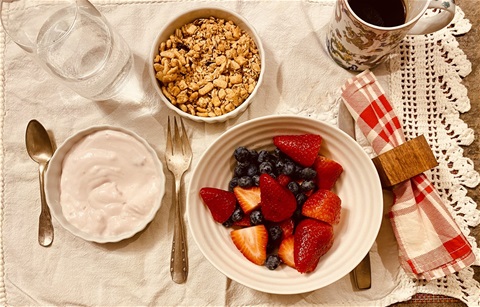
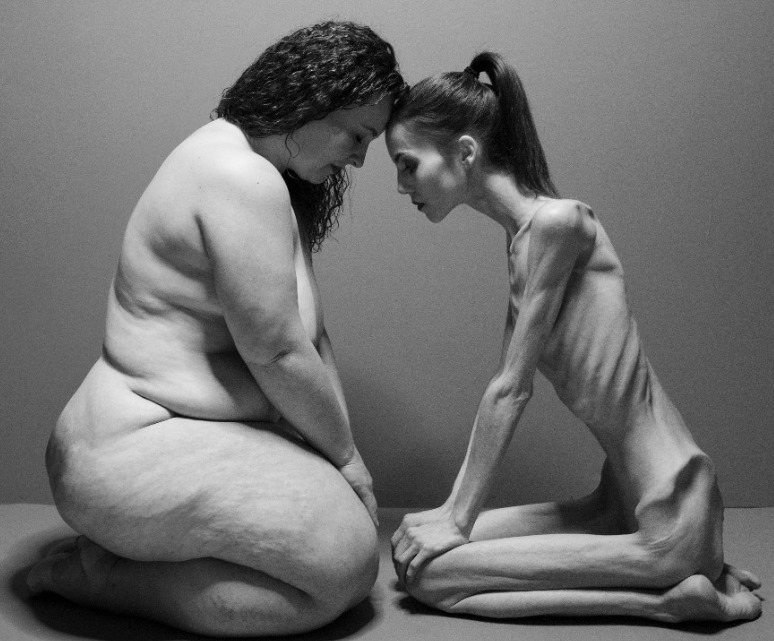
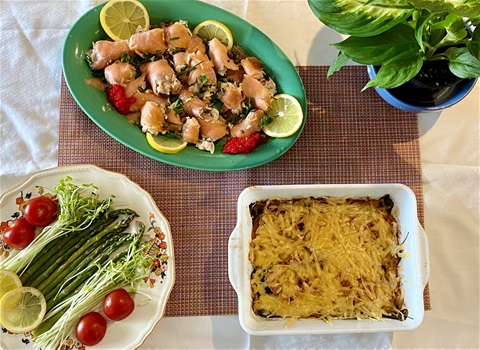
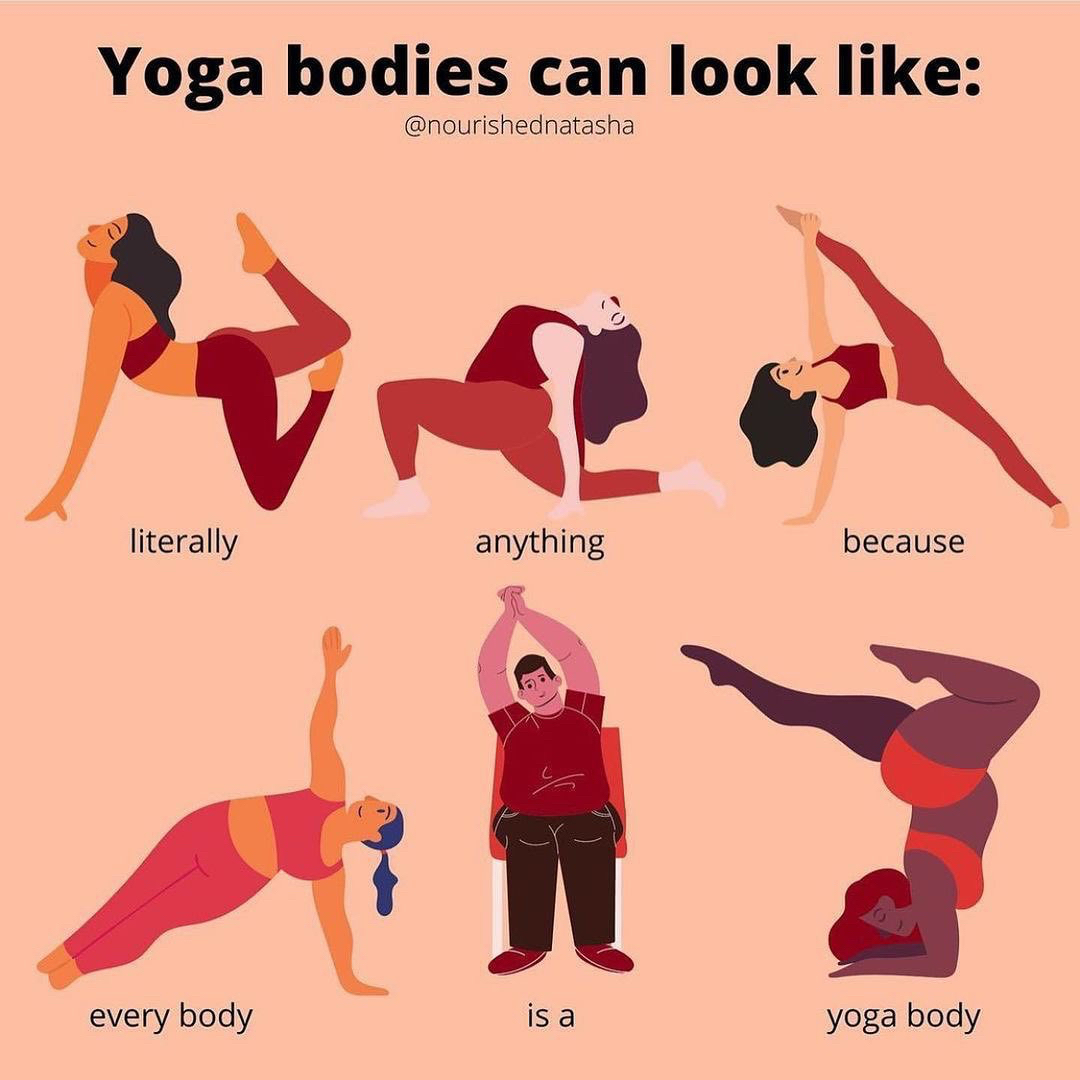
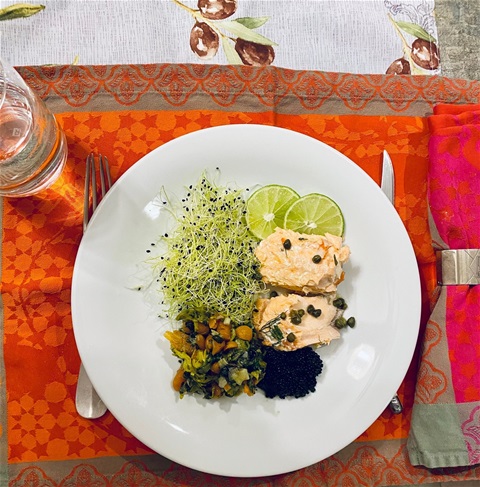
Derniers commentaires
Ton site est magnifique
Mariana J'ai fais une première lecture de ton recueil poétique "Mains sans les mains"... que je compte garder tout près avec mes lectures au quotidien...
j'en veux un autre pour donner à une amie
ton hyper sensibilité est à même d'être un révélateur de l'absurdité de ce monde, et en même temps l'espoir que tu as si bien construit !!!
Awesome